Many of us are on the lookout for ways to live more sustainably and we know the choices we make about our food have a big impact. A growing number of land use and climate change studies show that vegetarian diets are more sustainable than diets relying heavily on meat. When it comes to embracing a sustainable diet, choosing a diet rich in whole grains is a great step in the right direction grains are some of the least water-and-energy intensive foods to produce.
Theres a lot of innovation and energy around sustainability in the grain world these days. Amy Hallorans book, The New Bread Basket, discusses the ways in which farmers, bakers, millers and brewers are looking to improve sustainable agriculture practices and create flavorful, locally adapted varieties of grain. In this community there is a great appreciation for everything that goes into creating a delicious, high-quality end product and it almost always starts with quality soil.
Halloran writes, The short-term goals of having healthy and profitable crops cannot be managed without serving longer-term goals for the soil. All farmers know that the soil is their medium, their foundation, and as such needs care and attention.
Cultivating a Sustainable Regional Grain Economy
Companies like Shepherds Grain in Oregon have fully embraced this way of thinking and its changing the way they run their farms and businesses. From its start in 1999, the mission behind Shepherds Grain was to produce wheat using no-till, or direct seed practices, which reduce erosion, build up the soils organic matter and cut the need for chemical fertilizers. At that time, no-till methods were not new but they had largely failed to catch on in the Pacific Northwest. The local food system, from the fields, to the millers, to the food manufacturers was dominated by monoculture production and processing of conventionally tilled white wheat, leaving little room for implementing sustainable practices like crop rotation and no-till, or introducing other crop varieties.
When Karl Kupers and Fred Fleming first discussed the creation of Shepherd’s Grain, their interests in better farming practices to improve soil quality were already well established. They wanted to take things to the next step and shorten the distance between the farmer and consumer.
We had sort of lost the idea that we were growing food, Kupers explained. [Our grain] just got dropped in a pit with product from 30 other producers and then shipped hundreds or thousands of miles away.
Kupers and Fleming hoped that by reconnecting food producers to their end-point customers, they would rekindle an appreciation of agricultures place in the food system and its role in environmental health.
Rising to the Challenges
A business in its early years, trying to build brand recognition and loyalty, faces many challenges. Convincing customers that your sustainable farming practices justify a price premium on your product can be tricky because your customers cant see those practices at work. In order to gain customers trust, Kupers said they quickly decided to partner with a third-party auditor, called the Food Alliance, to certify their product as having been sustainably produced.
This was a way to convince our urban neighbors that we were good stewards of the land it took away the distrust and argument and everything else, he said. The Food Alliance also encourages commitment to a continuum of improvement which has continuously pushed Shepherds Grain toward better and better farming practices over the years. Beyond environmental and economic factors, the Food Alliance challenges farmers to remember the social component of their business: they are part of a community they can influence, inspire and partner with in a whole variety of ways.
All of this has led to widespread recognition of the quality of Shepherds Grains wheat, creating demand beyond what Kupers and Fleming could supply on their own. Today more than 40 local farmers whose stories are all on the companys website have banded together to grow grain for the company, using these same sustainable practices and Shepherd’s Grain’s established model for predicting costs and risks.
One of the greatest unintended consequences of Shepherd’s Grain’s work is that it has attracted young farmers in a way that agriculture in general is struggling to do. As of 2012, the average age of American farmers was 58.3 years, whereas the average age of farmers producing for Shepherd’s Grain is in the low 40s. Kupers believes this is because sustainable farming practices resonate with the values of conservation, stewardship and environmentalism instilled in younger generations.
It is hopeful to think that this is the direction agriculture is heading. Kupers reminded me that, true change in agriculture happens from farm to farm. It doesn’t come from government regulations or plot research, which is why connecting and sharing ideas, techniques and cost models among farming communities is both important and powerful. Halloran echoes this in her writing as well, saying, In a broad sense, farms are in a constant state of revision. Large or small, farms are not factories with set flows of materials through machinery. Each season is an opportunity to try a new tool or tactic. Farmers are a breed of innovators, thinking on their feet because they often have to make do with whats on hand.
What examples of sustainable agriculture and farmer-to-farmer knowledge sharing have you seen in your own region What steps have you taken as a consumer to live more sustainably Wed love to hear from you in the comments section below!
Caroline Sluyter, Whole Grain Stamp program manager


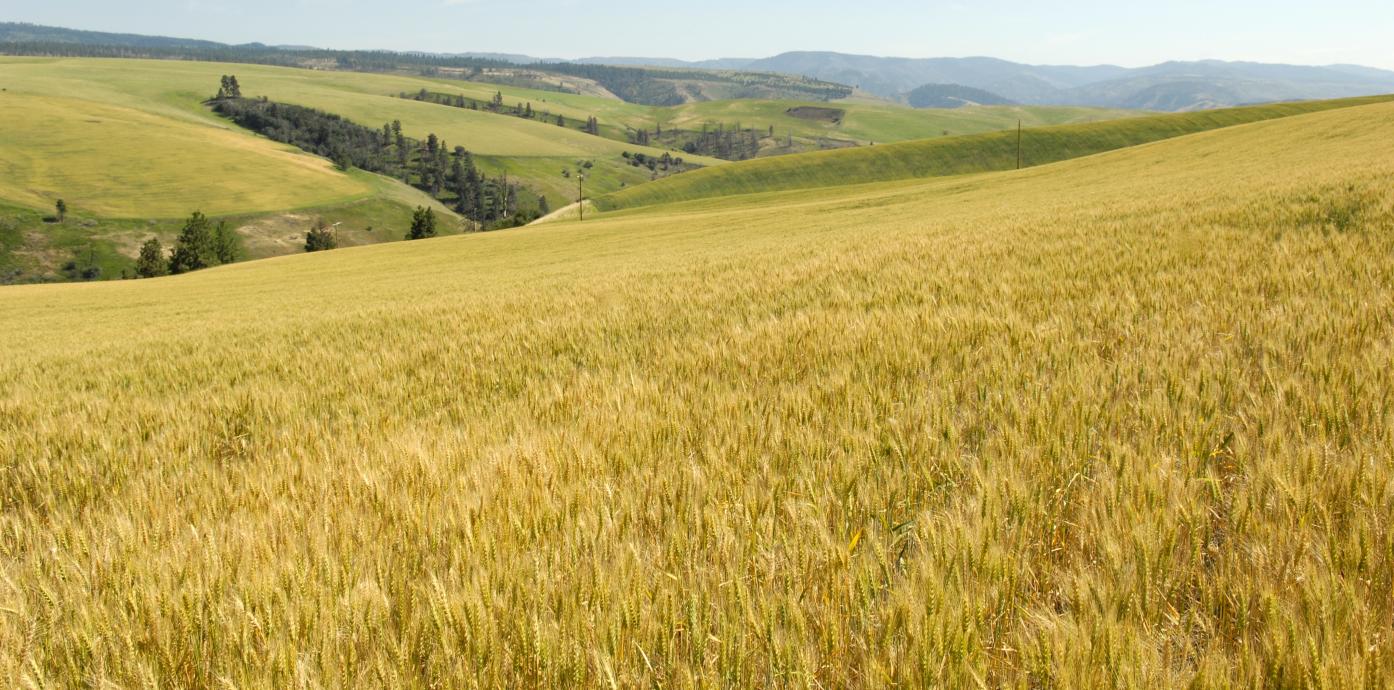
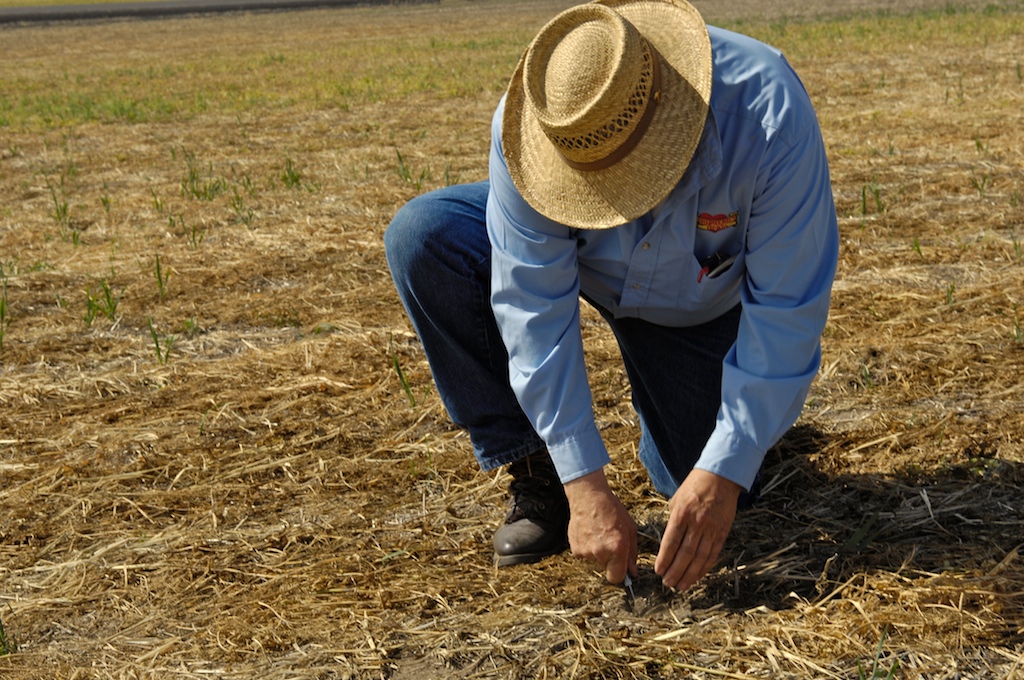
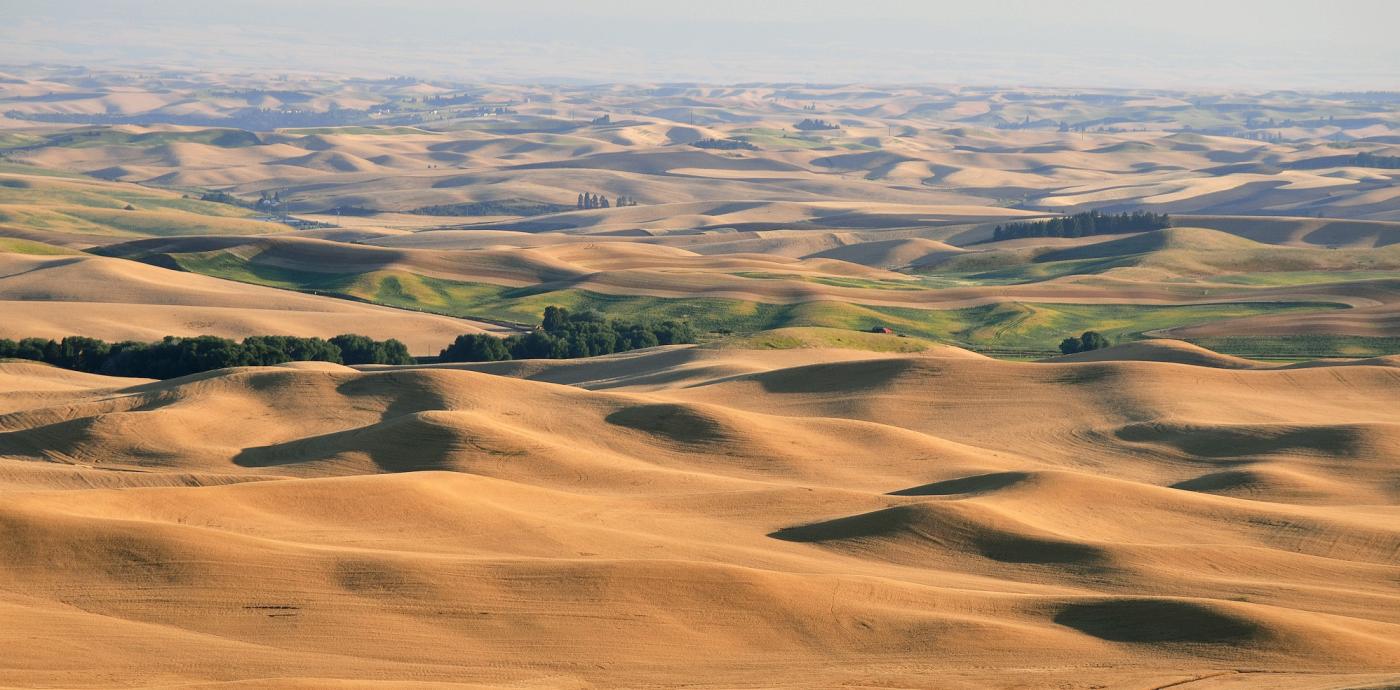
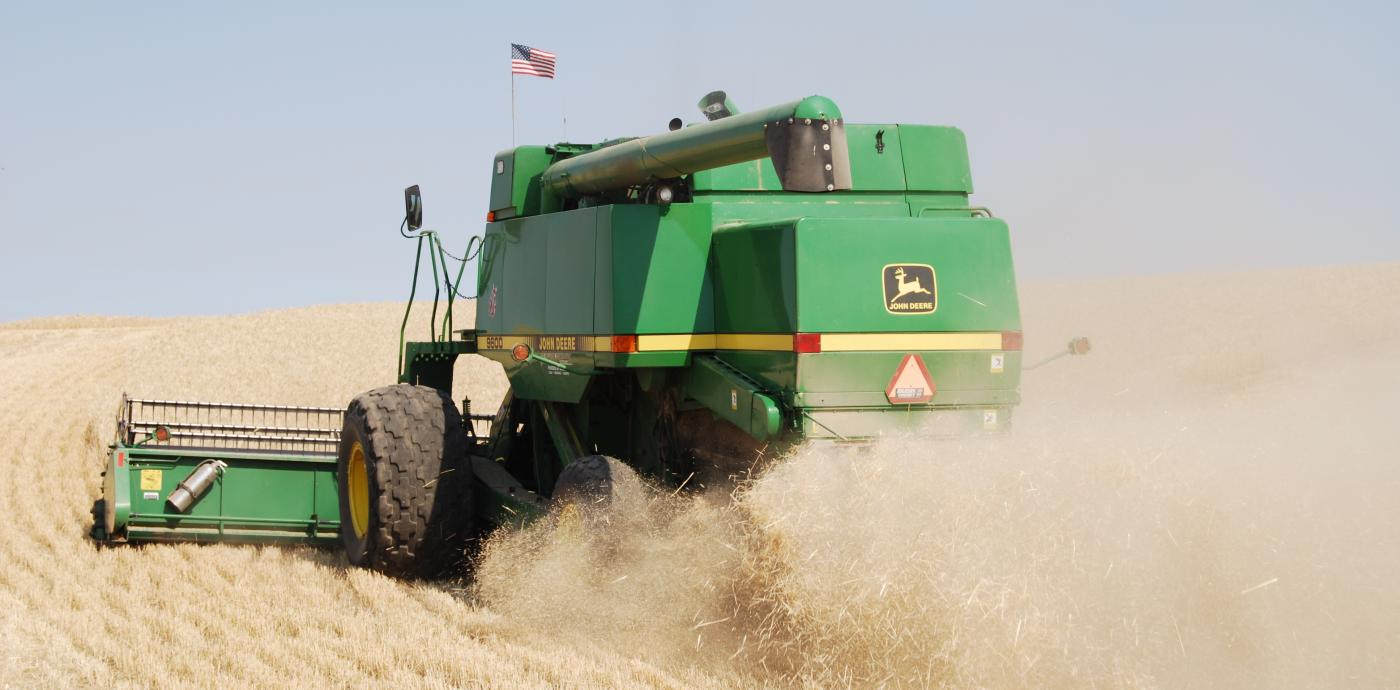
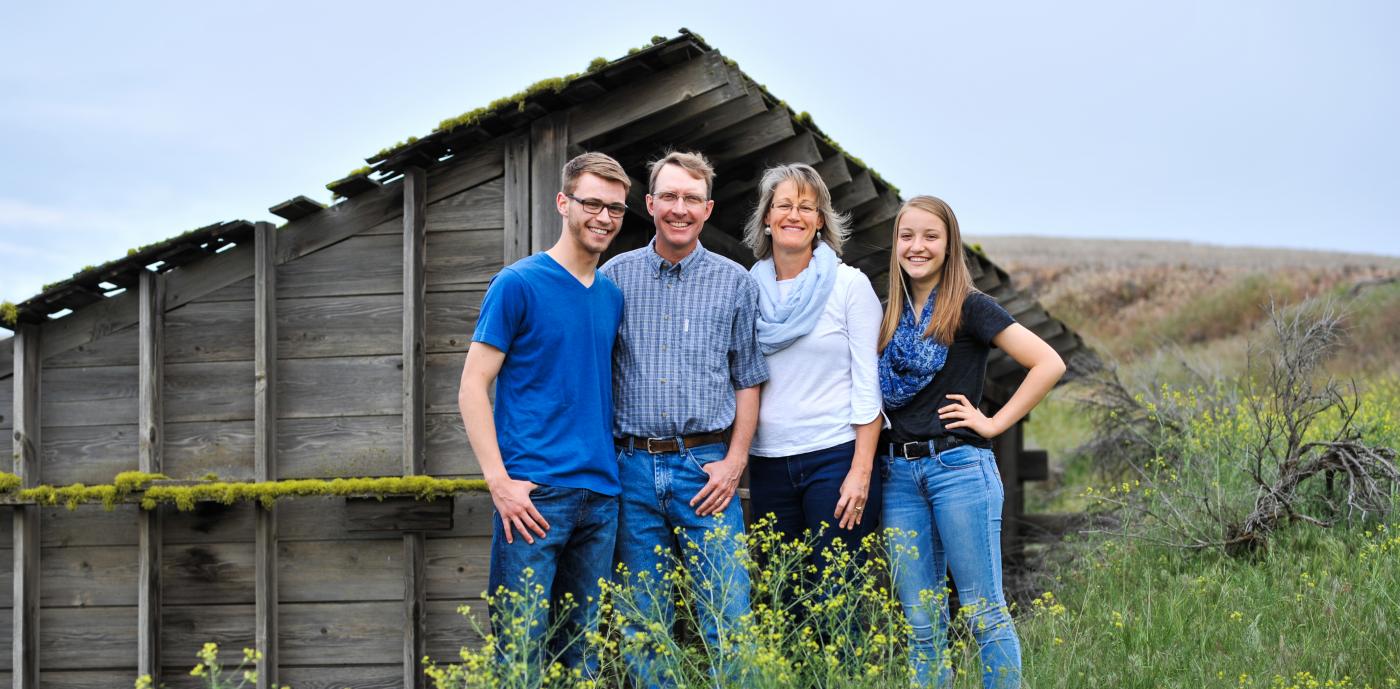
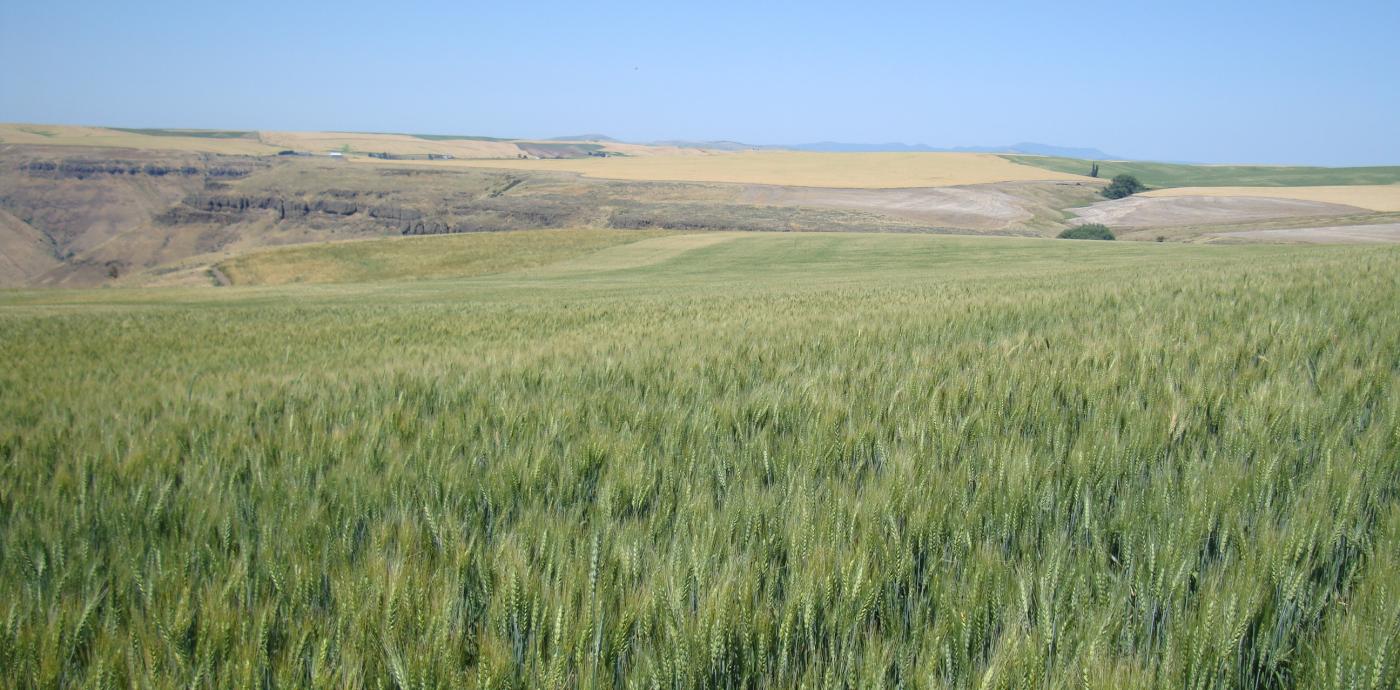




Leave a comment